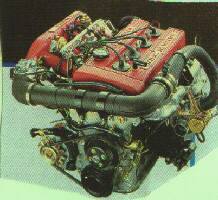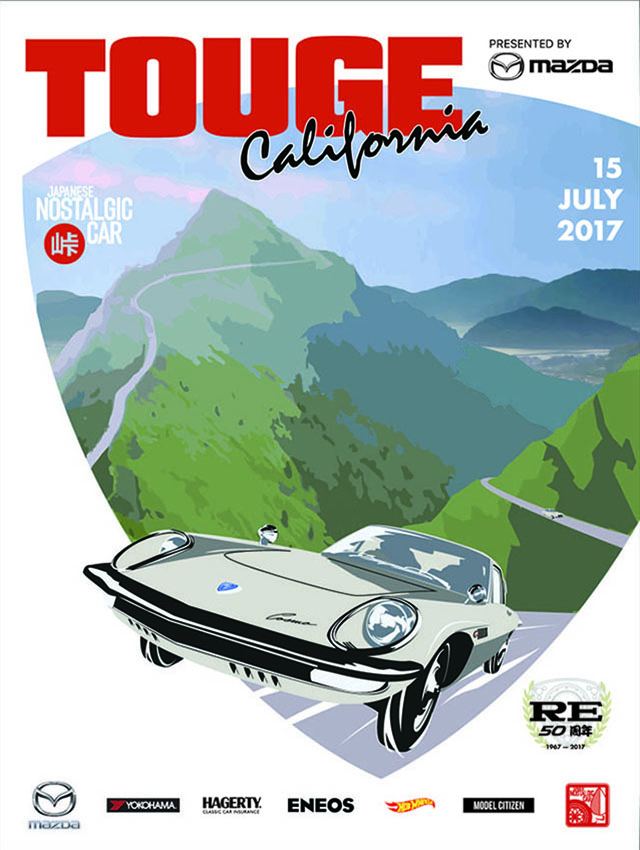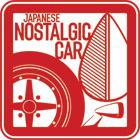
It’s all over folks! For those that didn’t get their entries in, you can always jump over to Import Bible, whip out the ol’ credit card, and snap up a few choice tees from the collection.
Thanks to everyone who entered—we were all pleasantly surprised at how much you guys knew, and we hope everyone had some fun trying to guess the various cars. The crowd over at the AusZoku forums even combined their knowledge to see how close they could come to a complete list!
A lot of entries came close, but in the end, there can be only one. …err, two.
So without further ado, the lucky winners of the two Import Bible T-shirts are:
Floody (who also gets the persistence award!) and Josh 2.5! Congratulations guys!
Both from Australia, interestingly. Considering our reader base is quite evenly spread across Australia and the US, that surprised us a bit! We’ll contact the winners shortly to make the necessary arrangements. But for everyone else—here are the ANSWERS!
Continue reading →
























